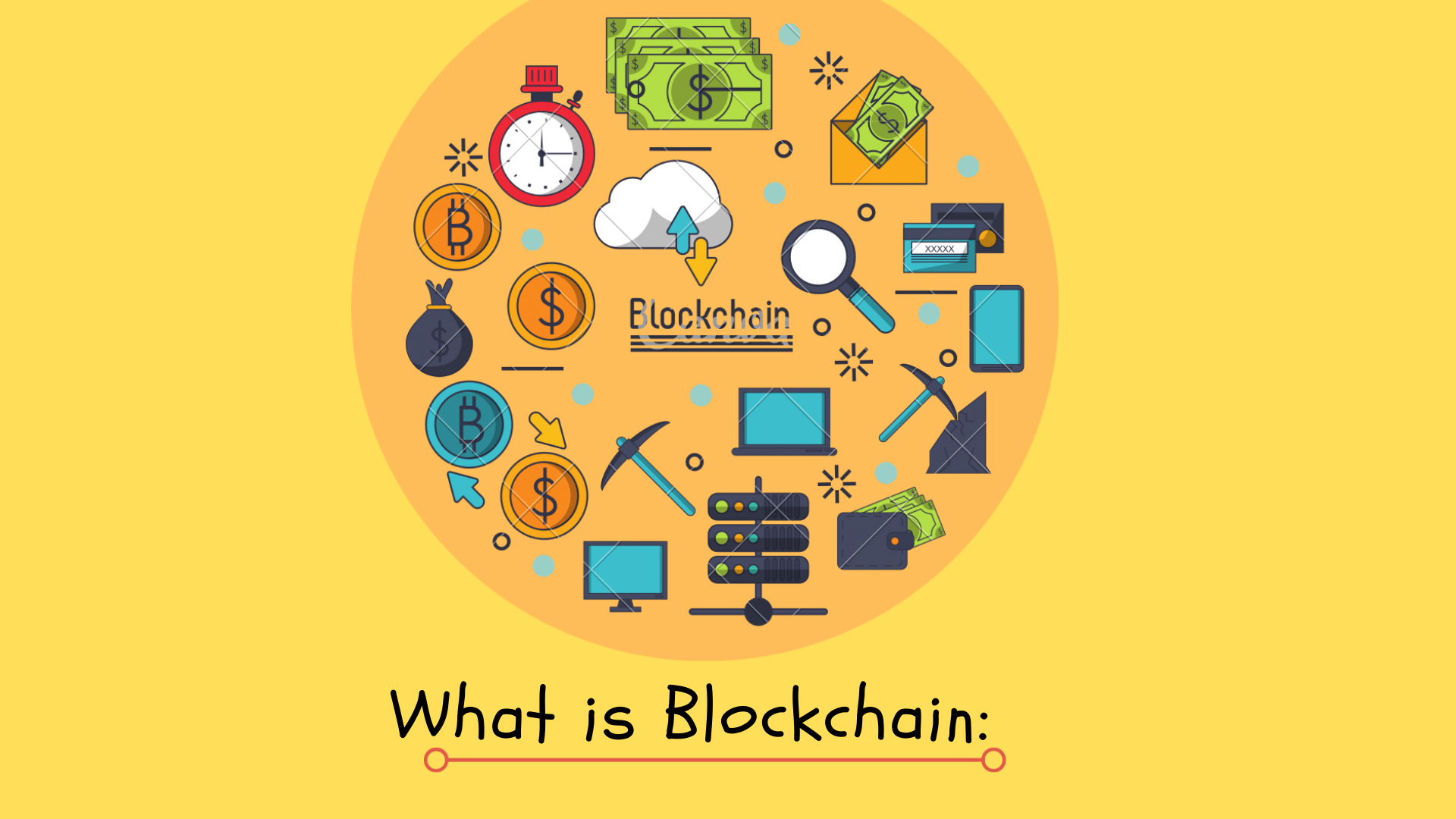Imagine a world where you can conduct transactions and manage various activities without ever revealing your personal information. A world where you no longer need to depend on banks or governments to verify or secure your dealings. It sounds like a futuristic dream, but this is precisely the promise that blockchain technology offers.
At its core, blockchain is a digital ledger system that securely stores data in blocks, which are linked together in a chronological chain—hence the name “blockchain.” This innovative technology allows information to be recorded and shared across a network of computers in such a way that the data becomes immutable, transparent, and decentralized.
The origins of blockchain date back to 1991 when two mathematicians, Stuart Haber and W. Scott Stornetta, proposed a system to securely timestamp digital documents to prevent tampering. Their idea laid the groundwork for what would eventually evolve into blockchain. Later, in 1998, software developer Nick Szabo conceptualized a digital currency system called “Bit Gold,” which utilized a similar technology to secure transactions. However, it wasn’t until the mysterious figure known as Satoshi Nakamoto introduced Bitcoin in 2008 that blockchain technology gained widespread recognition and adoption.
So, what exactly is blockchain? Simply put, it’s a distributed database shared across multiple nodes (computers) on a network. Each node holds a copy of the entire blockchain, which contains a record of all transactions or data entries made on the system. This distributed nature ensures that no single entity has full control, making the system highly resistant to censorship or manipulation.
Many people first encounter blockchain technology through cryptocurrencies like Bitcoin and Ethereum. These digital currencies rely on blockchain to maintain a secure, decentralized record of every transaction made. But blockchain’s utility extends far beyond cryptocurrencies. It offers a way to guarantee the integrity and security of data without the need for a trusted third party, such as a bank or government agency.
To understand how blockchain works, imagine it as a ledger that is continuously updated and maintained by numerous participants across the world. When a transaction occurs, it is grouped with other transactions into a “block.” This block is then added to the existing chain after verification by multiple nodes through complex cryptographic processes. Once added, the block’s information cannot be altered or deleted, creating a permanent and tamper-proof record.
This decentralized and immutable nature is why blockchain is also known as Distributed Ledger Technology (DLT). Because the ledger is shared and synchronized across many computers, it is nearly impossible for any single party to manipulate the data without the consensus of the network.
One of the most exciting aspects of blockchain is how quickly it can process and verify transactions, often within minutes, thanks to the rapid advancement of computing technologies. This speed and efficiency open doors to numerous applications beyond just financial transactions.
For instance, major corporations like Walmart, AIG, Siemens, Pfizer, and Unilever have already begun integrating blockchain into their operations. A notable example is IBM’s Food Trust initiative, which uses blockchain to trace the journey of food products from farm to table. This system helps identify contamination sources quickly and accurately, which is crucial in preventing outbreaks of foodborne illnesses caused by bacteria like E. coli or Salmonella. It also assists in detecting accidental allergen contamination, such as the presence of peanuts in products where they shouldn't be.
Traditionally, tracing the origin of contaminated or unsafe food could take months or even years, but with blockchain, companies can pinpoint exactly where a product has been along the supply chain. This transparency enables faster responses to potential hazards, improving public health and safety.
Besides food safety, blockchain’s secure and decentralized structure makes it ideal for storing sensitive information such as legal contracts, state identifications, medical records, or company inventories. Because the data is distributed across many nodes, even if one computer or server is compromised, the overall system remains secure and trustworthy.
Have you ever worried about your data being stored in one location and what would happen if that place were hacked or corrupted? Blockchain addresses this concern by spreading the data over multiple locations, ensuring that no single failure or breach can compromise the entire system. This feature, known as “decentralization,” enhances both the security and resilience of the data stored on the blockchain.
While blockchain offers many advantages, it also comes with some challenges. For instance, the technology requires significant computational power and energy, especially in networks like Bitcoin’s, which rely on a consensus mechanism called “proof of work.” Additionally, because blockchain is still relatively new, there are ongoing debates about

